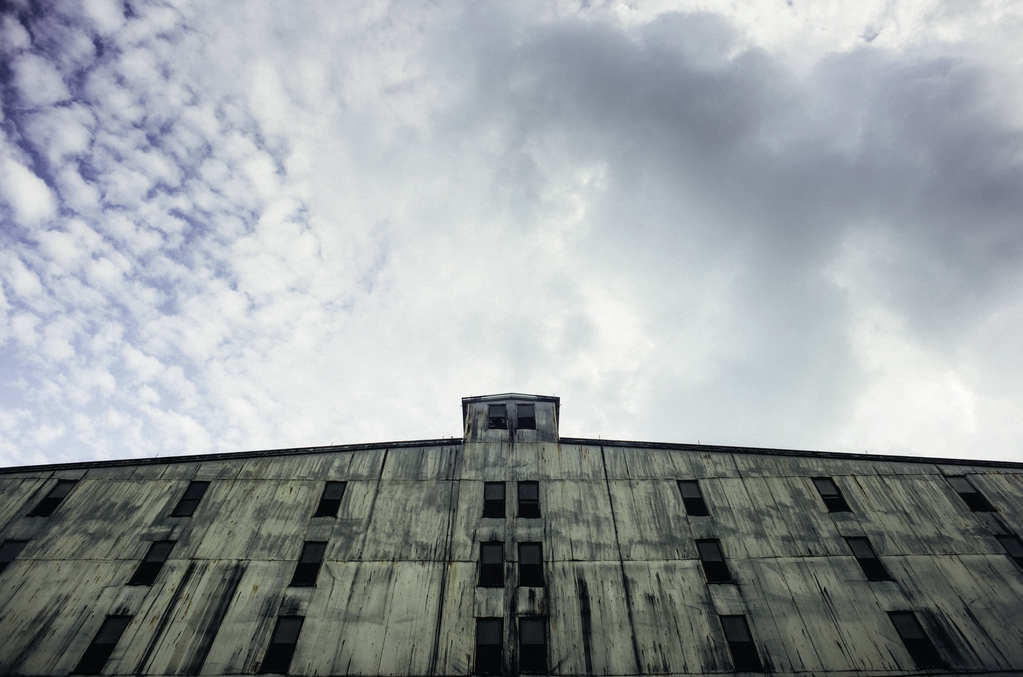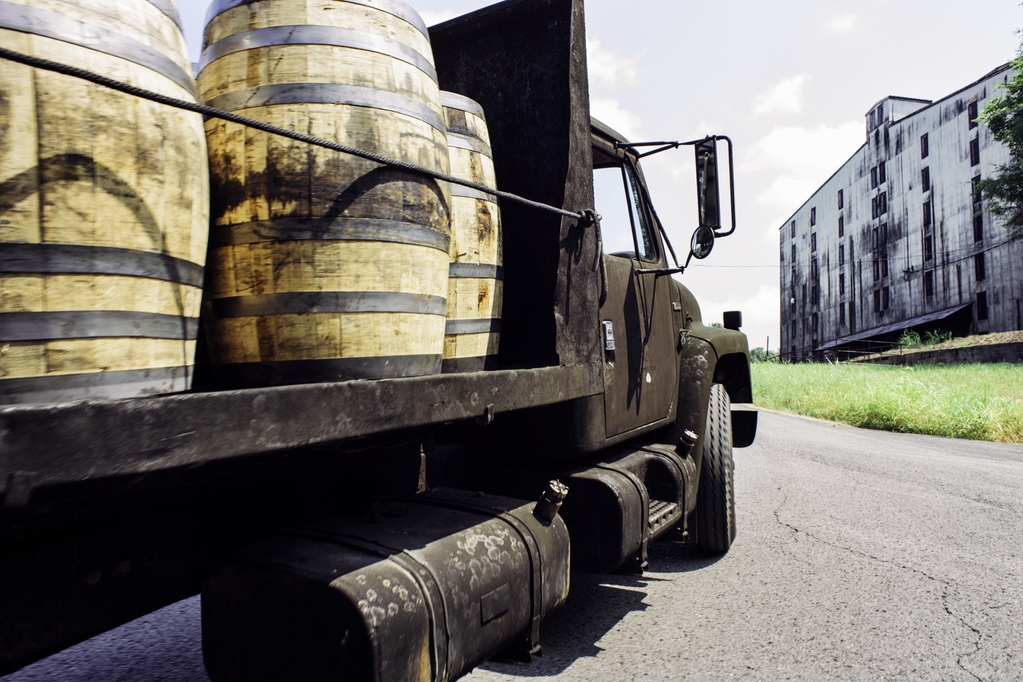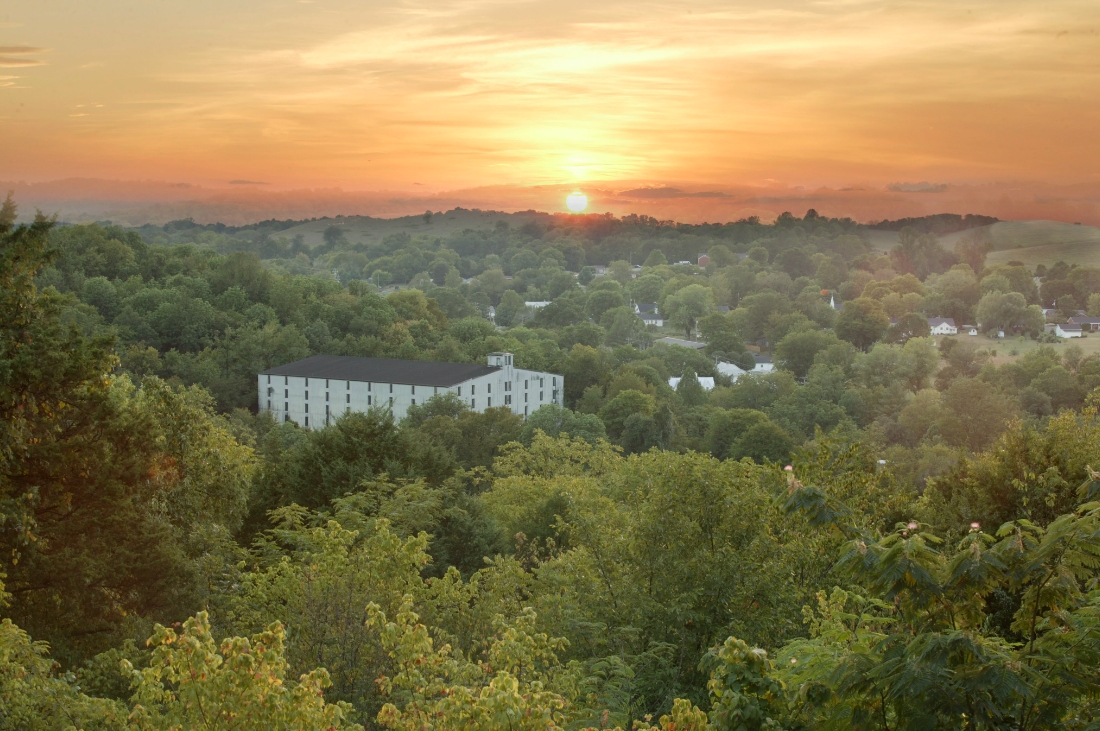Late last week, Brown-Forman — the parent company of Jack Daniel’s — was sued and asked to halt construction on their new set of barrel houses in Lynchburg, Tennessee over something called “whiskey fungus”. The lawsuit comes at a time when Jack Daniel’s is growing by leaps and bounds. They’re growing so fast that they literally cannot build barrel houses fast enough to meet the amount of juice they’re able to produce.
That growth has led to a slew of new Jack Daniel’s expressions that are helping redefine the brand from an old whiskey that you’re grandparents drank into one of the most exciting and innovative whiskey shingles in American whiskey. That growth has also drawn the ire of a couple living in Lynchburg, Tennessee, — a tiny community of just north of 6,000 residents — and their lawyers thanks to a growth that comes with industrial-sized spirits production.
The root of the lawsuit against Brown-Forman’s Jack Daniel’s Distillery is around a black fungus colloquially called the “Whiskey Fungus” and officially called baudoinia compniacensis. We’ll get into what that is exactly below. But it’s causing locals in Lynchburg some hassle and they want Brown-Forman to do something about the nearly ubiquitous fungal growth before the fungus mutates, uses humans as hosts, and completely destroys our civilization. No. Wait. That’s The Last of Us on HBO.
Baudoinia compniacensis, or whiskey fungus, is completely harmless in relation to humans and other animals. So, let’s get into what’s actually going on here.
Part 1 — Why Is Jack Daniel’s Being Sued?

Before we get into the details of why Jack Daniel’s and Brown-Forman are being sued in 2023, we have to point out something very pertinent. This is nothing new. The spirits industry gets sued over this all the freaking time. Hell, law firms like William F. McMurray & Associates have made a lot of hay off of suing massive spirits companies everywhere from Barbados to Scotland to Kentucky over whiskey fungus.
This isn’t even Brown-Forman’s first rodeo with “whiskey fungus” lawsuits. Back in 2012, William F. McMurray & Associates filed two suits in Kentucky that demanded Brown-Forman, Diageo, and Heaven Hill stop “polluting” the air with ethanol that nourished whiskey fungus which was a pain for locals and their home aesthetics. Those lawsuits basically claimed the exact same thing as the current one, which was filed by Jason Holleman who’s representing Christi and Patrick Long down in Lynchburg, Tennessee.
Here are the brass tacks. Christi and Patrick Long are upset that her event-space mansion (built in 1900) in Lynchburg is covered in whiskey fungus that grows thanks to the ethanol (angel’s share) that enters the air due to evaporation that happens during whiskey distilling and aging. The Longs’ complaint states that they have to pressure wash their event space/mansion to keep the fungus off, which they claim is costing them over $10,000 a year in water and bleach.
Holleman and the Longs want Brown-Forman to install ethanol filters on the 90-odd barrel houses throughout the community and halt any further building of new warehouses (14 are currently under construction) until they’re redesigned with the ethanol filters.
If you’re ever been to Lynchburg, you know full well that every single thing in that town revolves around the Jack Daniel’s distillery, and every cent spent in that town is filtered through that undeniable fact. So, there’s that. You also do see the black fungus everywhere. Some buildings are cleaned off and fresh, while others are not. But you cannot miss the black fungus, it’s omnipresent (and some might say part of the charm).
Currently, the county has asked Brown-Forman to halt construction on new warehouses and they’ve complied. Until the issue is resolved, Brown-Forman seems to be in a holding pattern and, obviously, not commenting on the subject.
Part 2 — What is “Whiskey Fungus”?

Whiskey fungus was first observed in France around cognac distilleries and warehouses back in the mid-1800s but has been around for eons. The fungus thrives off of ethanol which helps it germinate and flourish. Millennia ago, you’d find it on trees with its fruit fermenting on the ground below. That’s the reason you’ll see it around breweries, distilleries, and even bakeries. Basically, any area where there’s something producing ethanol in huge amounts will be rife with the fungus.
The fungus was sort of taken for granted after its definition around 1870. Deeper research on the fungus was done in the 2010s that better defined the fungus as something fed by ethanol that attaches to any surface outdoors where it flourishes the more its fed ethanol.
As mentioned above, if you’ve ever toured a distillery — rum, whiskey, brandy, etc. — anywhere in the world, you’ll have seen the black patina on, well, everything around those places.
The fungus has been studied and defined precisely. And while it is a minor nuisance if you want to keep your white walls white, there is no effect at all on humans. Moreover, the U.S. Clean Air Act does not consider the emission of ethanol — which feeds the fungus — into the atmosphere as a violation. This leads us to…
Part 3 — Will Jack Daniel’s Win or Lose?

Remember that 2012 lawsuit mentioned above? Yeah, that was thrown out in the federal courts in 2016. Looking at William F. McMurray & Associates’ lawsuits on their own page shows only L’s, no wins.
Long story short, whiskey fungus isn’t hurting anyone. And it’s kind of part of the deal when you live in an area where the entire economy is based in that industry, like Lynchburg, Tennessee.
Brown-Forman will likely win this case in that the Longs moved to Lynchburg in 2020 and chose a community that has an economy 100% based on Jack Daniel’s existence in that town/county, and it’s painfully obvious that whiskey fungus is something everyone in that community lives with. It’s kind of like moving to Disneyland and being pissed off that there are tour busses with Mickey on them. Moreover, this isn’t a class action case from the whole town or county — it’s two people who are mad about the way their house looks.
All of that aside, the legal precedent is on Brown-Forman’s side as well thanks to William F. McMurray & Associates’ big losses in places like Kentucky last decade. Releasing ethanol isn’t a public threat and whiskey fungus doesn’t affect human or animal life. It’s a pain in the ass if you want to have a lily-white house though. But then… maybe don’t move next to one of the world’s biggest distilleries and open an event space for people keen to visit that specific distillery?
It’s a thorny issue, to be sure. Thank god that, unlike Last of Us, the stakes aren’t particularly high.







